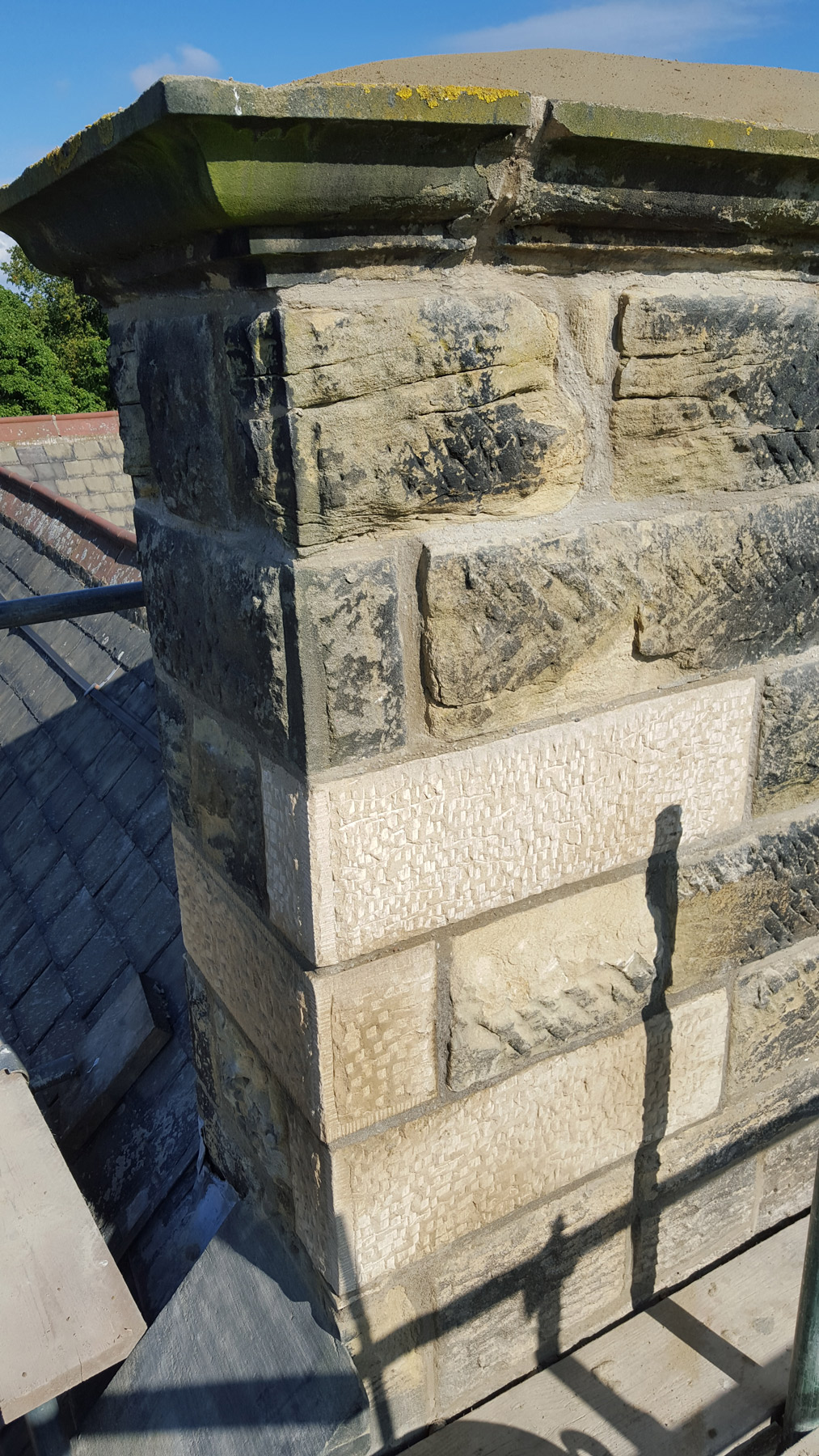Ancient Rocks, Modern Techniques: A Rehabilitation Voyage

Restoring stone surfaces is an art that blends history with modern techniques, infusing new life into weathered materials while maintaining their integrity. Whether the facades of a heritage structure or the intricate features of an antique sculpture, stone restoration requires a thorough understanding of both the material and the processes used to maintain it. With a increase of enthusiasm in home restoration endeavors and a growing emphasis on sustainability, many homeowners are focusing to the potential of stone restoration.
Nonetheless, embarking on a stone restoration journey can be daunting, with many challenges that can turn a aspirational project into a challenging task. From selecting the right materials to recognizing the indicators that suggest your stone surfaces are due for restoration, knowledge is crucial. In this manual, we will examine essential tips and common mistakes to steer clear of, enabling you to achieve breathtaking results that honor the past while adopting modern restoration techniques.
Essential Basics of Home Restoration
Home restoration is a crucial process that helps preserve the value and beauty of historic properties while also enhancing their functionality. Knowing where to start is More helpful hints for achieving a successful restoration. Begin by thoroughly assessing the current condition of your space, noting areas that require attention, and recording any structural issues. This first evaluation will guide your restoration plan, enabling you to focus on tasks based on urgency and significance.
One common mistake many homeowners make is underestimating the importance of using appropriate materials and techniques during restoration projects. It is necessary to select materials that are consistent with the original construction to preserve historical accuracy and structural integrity. Investigating https://hedrick-neal.technetbloggers.de/restoring-stones-essential-instruments-and-methods for the job and consulting experts can help you steer clear of costly errors and guarantee that your restoration stands the test of time. Prioritizing quality over speed is vital in achieving a successful outcome.
Additionally, sustainability should be a key consideration in home restoration. Not only is it beneficial for the environment, but using reclaimed materials and energy-efficient solutions can also boost the overall appeal and value of your property. Embracing modern innovations while valuing traditional methods leads to a balanced approach. By concentrating on these essentials, you'll set a strong foundation for your restoration journey, contributing to the preservation of history for future generations.
Frequent Errors in Rock Renewal
One of the top prevalent mistakes in rock renewal is underestimating the importance of appropriate maintenance methods. Many homeowners attempt to treat their rock surfaces using severe chemicals or abrasive implements, assuming this will aid revitalize them. Conversely, Click here! can lead to permanent damage. It is crucial to understand the exact type of rock being renewed and pick appropriate maintenance techniques that enhance rather than damage the surface.
Another common issue is failing to address humidity problems before starting the renewal. Water infiltration can compromise the structural strength of stone surfaces and lead to additional decline over the years. Failing to effectively handle drainage and waterproofing can create a restoration effort that is destined to not succeed. It's essential to examine the site carefully for any evidence of water issues and resolve them ahead of time to ensure a successful renewal.
Lastly, numerous people neglect the significance of using the appropriate supplies during the restoration procedure. Using inferior or poor quality resources can undermine the integrity and durability of the renewed rock. Property owners should look into and spend high-quality items specifically designed for the kind of stone being renewed. This attention to quality not only improves the aesthetic but also increases the lifespan of the renewal, maintaining the beauty of the stone for decades to follow.
Innovations in Structural Engineering
Structural engineering has seen notable progress in the last decade, incorporating new materials and techniques that improve safety, efficiency, and sustainability. One major innovation is the use of high-performance composite materials, which offer better weight-strength ratios than traditional materials. These composites can be utilized in upgrading heritage structures, providing reinforcement without jeopardizing their aesthetic integrity. Another significant innovation is the integration of intelligent systems, such as sensors and real-time monitoring systems, which allow engineers to track the condition of structures and make informed maintenance decisions.

Moreover, modern methods such as 3D printing and algorithmic design have revolutionized the building process. 3D printing enables the speedy production of detailed structural components with precision, lowering material waste and work expenses. Parametric design software allows engineers to test different scenarios and optimize structures for optimal performance under specific conditions. These innovations not only enhance project timelines but also contribute to more sustainable building practices, minimizing environmental impact.
To sum up, the emphasis on resilient design has led to innovations in design strategies that prioritize resilience against disasters. Techniques such as base isolation and dissipation systems are being more employed to ensure that buildings can tolerate seismic activity and severe weather events. As urban areas continue to develop, these innovations will play a essential role in creating more secure communities that can respond to the demands of climate change and other ecological challenges.
